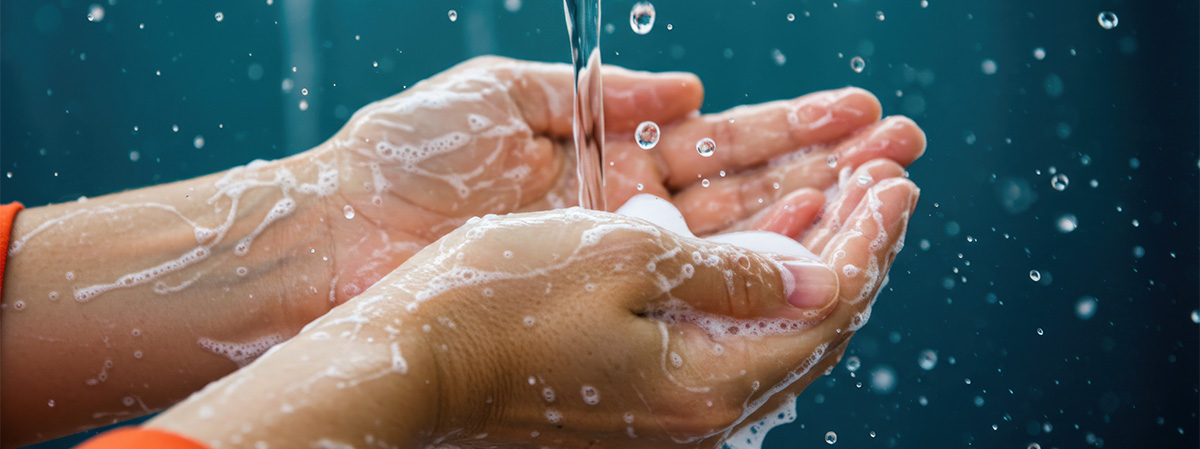Washroom Products

Hospital acquired infections is a serious risk and one site managers are working hard to reduce. With non-tuberculosis mycobacteria (NTMs) a growing concern, this blog looks at options to help tackle ...
Read the articleCheckout using your account
Checkout as a new customer
Creating an account has many benefits:

Hospital acquired infections is a serious risk and one site managers are working hard to reduce. With non-tuberculosis mycobacteria (NTMs) a growing concern, this blog looks at options to help tackle ...
Read the article